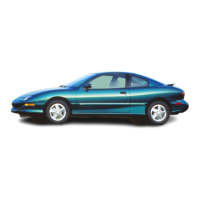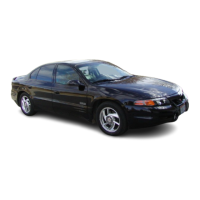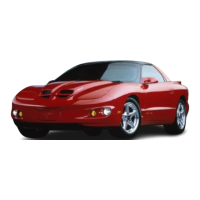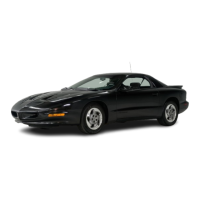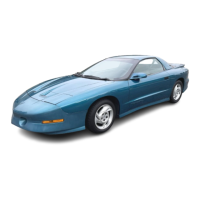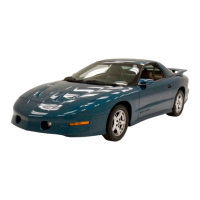0
Shift into a gear; and
0
Release the parking brake.
Parking on Hills
You really should not park your vehicle, with
a
trailer
attached,
on
a
hill.
If something goes wrong, your rig
could start to move. People can be injured, and both
your vehicle and the trailer can be damaged.
But if you ever have to park your rig on a
hill,
here’s
how to do it:
1.
Apply your regular brakes, but don’t
shift
into
PARK
(P)
yet, or into gear for
a
manual transmission.
2.
Have someone place chocks under the trailer wheels.
3.
When
the
wheel chocks are in place, release
the
regular brakes until the chocks absorb
the
load.
4.
Reapply the regular brakes, Then apply your
parking brake, and then shift to
PARK
(P)
for an
automatic transmission, or
REVERSE
(R)
for a
manual transmission.
5.
Release the regular brakes.
When
You
Are Ready to Leave After
Parking on
a
Hill
1.
Apply your regular brakes and hold the pedal down
while
you:
0
Start your engine;
2.
Let up on the brake pedal.
3.
Drive slowly until the trailer is clear of the chocks.
4.
Stop and have someone pick up and store the chocks.
Maintenance When Trailer Towing
Your
vehicle will need service more often when you’re
pulling a trailer. See the Maintenance Schedule for more
on
this.
Things that are especially important in trailer
operation
are
automatic
transmission
fluid (don’t
overfill), engine oil, axle lubricant, drive belts, cooling
system and brake adjustment. Each of these is covered
in
this
manual, and the Index will help you find them
quickly. If you’re trailering, it’s a good idea to review
this
information before you
start
your trip.
Check periodically to
see
that
all
hitch
nuts
and
bolts
are tight.
Engine Cooling When Trailer Towing
Your
cooling system may temporarily overheat during
severe operating conditions. See “Engine Overheating”
in the Index.
4-38

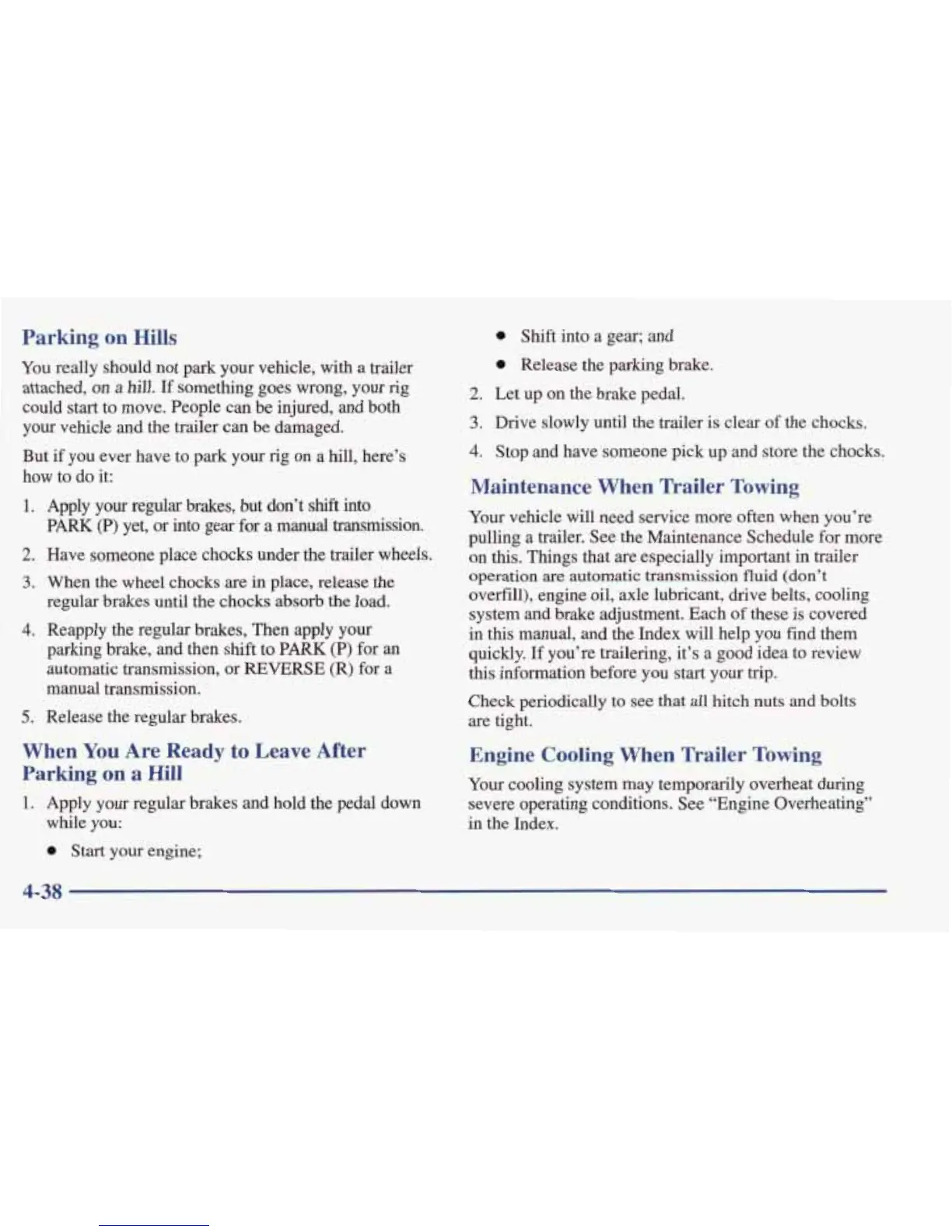